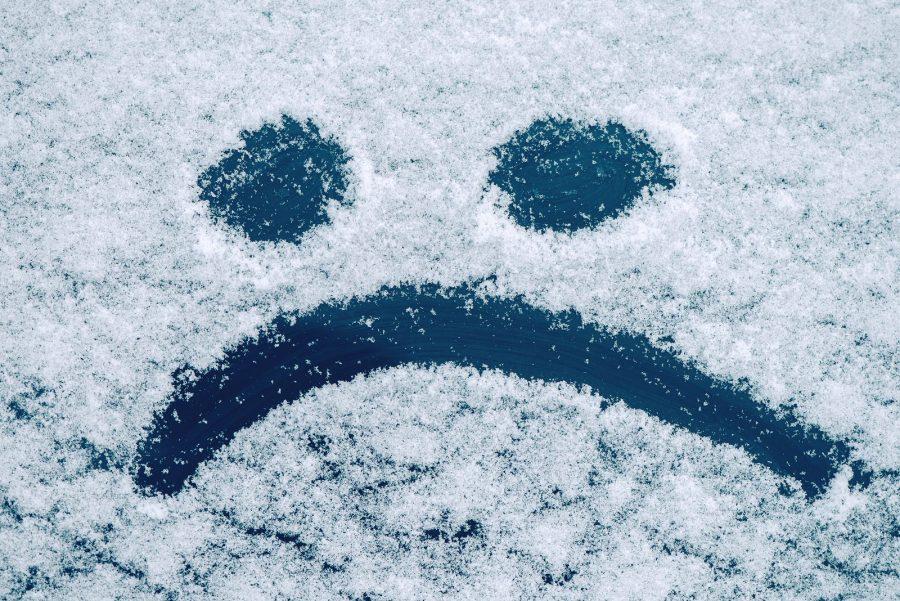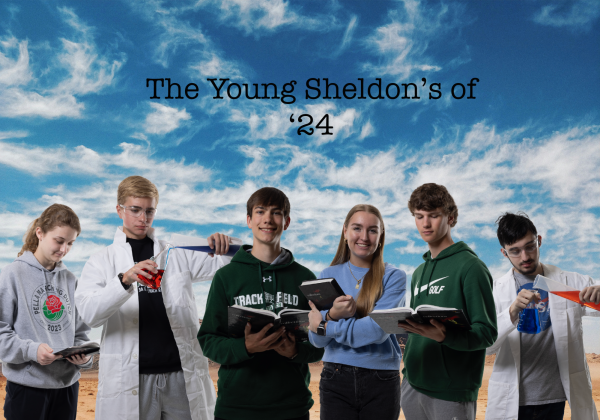Seasonal Depression
It’s incredibly easy to claim someone has seasonal depression. When the days start to get shorter and the brisk chill of fall turns into the cold of winter, up to 20% of people (or 65,000,000 people in the U.S.) start to feel the effects. But did you know that there is a difference between feeling down in the winter and seasonal depression?
Seasonal depression is a mental illness like depression or anxiety. People with seasonal depression can feel the detrimental effects of depression during the colder months alone, which can be confusing and lead to people not searching for the available treatment. Seasonal depression is also known as SAD, Seasonal Affective Disorder, and only 5% of people have it. The 20% of people who feel the effects of winter have a milder version of SAD (seasonal affective disorder) called winter blues.
Strangely, seasonal depression seems to have a bias. 75% of recorded cases are women, and the majority of them already have a mental illness. Researchers are currently unaware of why this bias occurs, but we do know a few of the reasons behind anyone developing SAD.
The lack of vitamin D can have a big impact on someone’s mental health. A lot of people loosely feel the lack of vitamin D in the colder months, but for some people, it can alter their brain chemistry and cause this seasonal depression. There is treatment available for those affected, however. Doctors can recommend a variety of treatments, including light therapy, regular therapy, vitamin D supplements, and certain medications. Doctors can assist people with seasonal depression; it isn’t a life sentence. If you feel the effects of the winter months, maybe take a moment to bring it up with your doctor. There is help out there.












